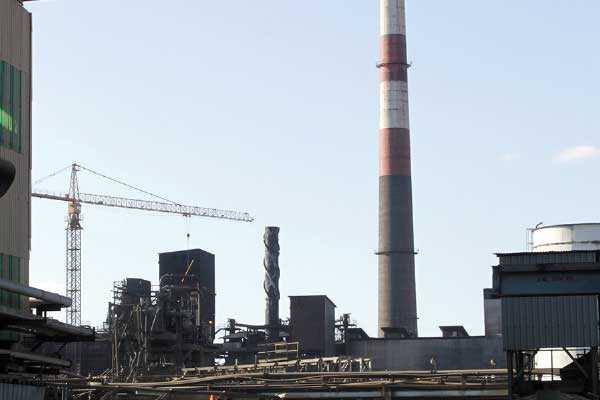BCL closure puzzle deepens
Botswana Guardian has established that mine experts had informed Cabinet that the four shafts of the BCL Selibe Phikwe mine have sufficient reserves that can be mined up to the year 2021. Further cabinet was advised that the reserves could be mined commercially up to the end of the mine’s life and that the current depressed commodity prices would last until 2017.
This meant that BCL needed government support for only 2016-17. The expert advice was informed by two studies, the first done in 2002 by SRK Consultants showing that the mine’s lifespan could go up to the year 2013 while the second study by TWP recommended the restructuring of the mine. Based on that, the board decided in 2012 to adopt the TWP report showing that the volumes from the four shafts were viable and the mine could go up to 2021.
Polaris established
To extend the mine’s lifespan then minister Ponatsheg Kedikilwe and BCL management devised a turnaround strategy called Polaris following a three-day workshop facilitated by a consultant named Andre Parker. The Polaris strategy had six areas amongst them to expand the nickel, copper circuit, iron extraction and exploration. The board was advised by a consultant in RMB bank.
Buying Nkomati, Tati
When the Norilsk announced it was selling its mines in Africa, BCL tendered to buy 50 percent and was shortlisted among the top three companies alongside the Chinese Company. BCL won because its bid was attractive and had also offered to buy Tati Nickel mine despite having reached its lifespan. The reason why BCL offered to buy Tati even though it was left with two years was that there is a nearby mine, Selkirk which is still to be mined and has high grade ore that will last for 15 years. In their bid, BCL had stated that they are buying both Nkomati and Tati on conditions that Norilsk will process the concentrate from the Nkomati mine at BCL smelter in Phikwe for processing. Norilsk agreed.
Botswana Guardian has it on good authority that the Nkomati acquisition was approved by all relevant stakeholders being BCL board, MEWR, Minerals policy committee, Attorney General, Bank of Botswana governor, Botswana Economic Advisory Council, cabinet and Ministry of Finance and Trade respectively.
The letdown
Experts argue that the smelter should have been refurbished in 2013 once BCL was sure of concentrate from Nkomati. The smelter design started two years later because the maintenance people are booked in advance. But in 2015, nickel sale prices reduced by 57 percent with BCL account dropping from P2.2 bn to P1, 3 bn, while the cost price of production remained the same. At the same time BCL was supposed to do the refurbishment, which would cost P700m. Further their P400m debt to BPC and P50 m to Water Utilities caused them a P900m shortfall.
The Nkomati deal was furthered delayed by the minister’s approval. In 2016 BCL entered into negotiations with Norilsk and both parties agreed in February to the adjustment of transaction price which would have resulted in the obligation of BCL to Nkomati. But while BCL was waiting for government to bail it out, the latter had his own ideas and established new company - Minerals Development Company Botswana - which advised for liquidation.
Nkomati profitable
However, Nkomati has proven to be a good deal. Botswana Guardian can reveal that the agreement between BCL and Norilsk over the purchase of Nkomati has been profitable this far as BCL has raised over P500 million from the processing of the Nkomati concentrate in the last 18 months.
Botswana Guardian has learnt that the Liquidator, Nigel Dixon Warren, has to move fast, he has been given four months to have completed his assignment and made recommendations of what is next as the smelter plug has to be switched on within six months. Experts who spoke to Botswana Guardian revealed that the Smelter cannot close for six months because once that happens it will cost USD40 million to re-brick the furnace.






